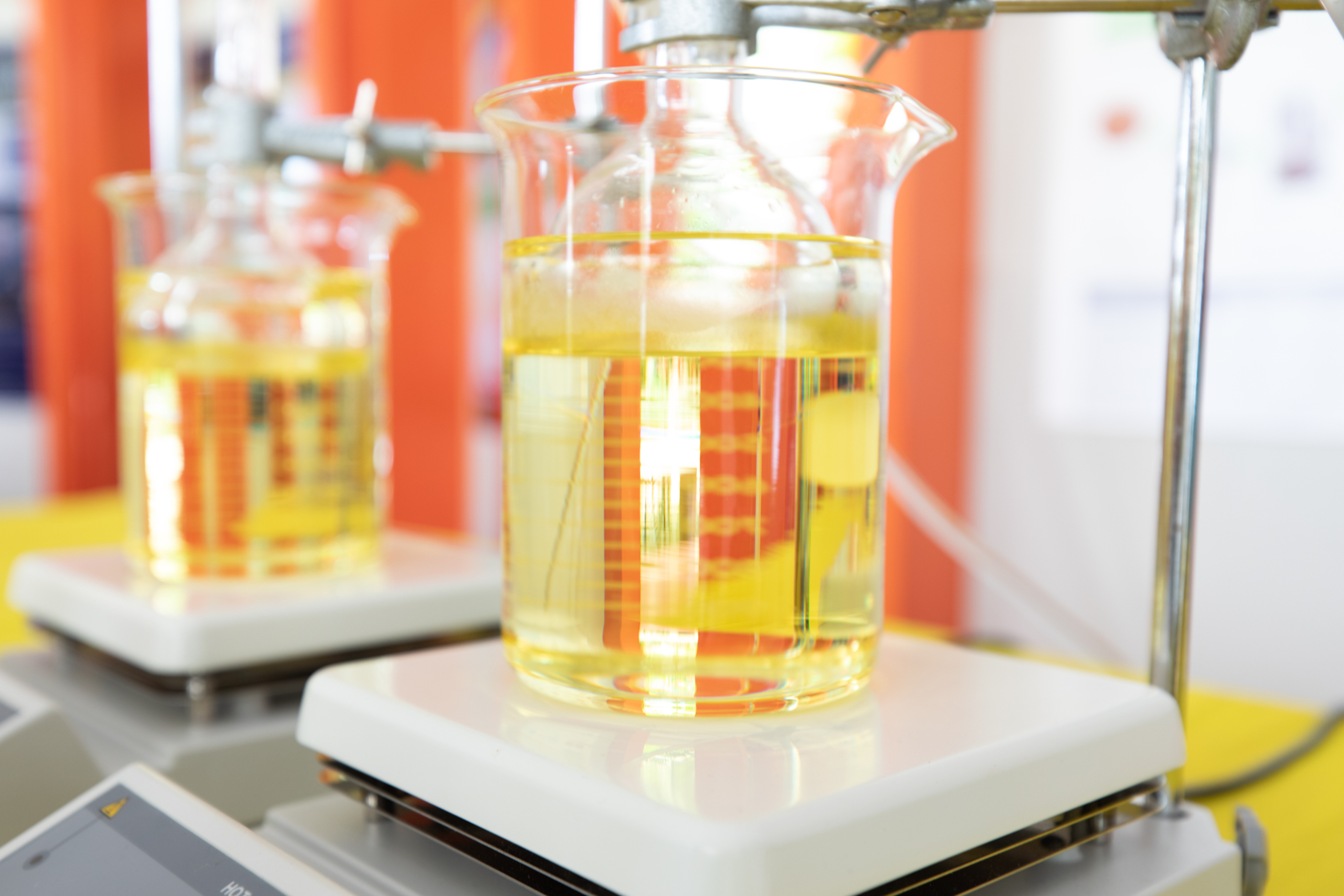
The Future of Fuel and Fuel Distribution
A Fuel Supplier’s Perspective On The Future of Fuel
Rapid advances in transportation in recent years have set a paradigm shift in motion that has many wondering what the future holds for fuel distribution in the petroleum industry. The seemingly explosive growth in electric vehicle production represents a big change to be certain.
However, the world we live in was still built by and continues to be powered by oil. That will not change anytime soon. The demand for industrial lubricants will likely only increase in the decades ahead as well. So what will the fuels of the near future and not-so-near future look like? This article from Mansfield Service Partners answers this question.
The Future of Gasoline, Diesel Fuel, and Fuel Additives
Despite the media’s infatuation with electric vehicles at the moment, the internal combustion engine (ICE) is far from obsolete. The development of hybrid gasoline-electric and diesel-electric engines alone has led to dramatic increases in efficiency and substantial reductions in emissions, increasing the longevity of the ICE. In addition to this, a great deal of research is underway to develop the fuels of the future.
From renewable fuels like ethanol, renewable diesel, and biodiesel to synthetic gasoline and diesel, the future of the internal combustion engine is beginning to unfold. Beyond the internal combustion engine, hydrogen seems to be one of the most promising fuels of the future. However, moving hydrogen as a fuel is still hampered by major obstacles to production and distribution. We do not, as of yet, have cost-effective, carbon-neutral ways of producing anywhere near enough hydrogen to power America’s vehicles.
Ethanol As A Gasoline Extender or Replacement
Ethanol began to be added to America’s gasoline on a widespread basis in the 1990s, but America’s ethanol fuel industry began in the 1970s when concerns about dependence on foreign oil drove innovation in fuel production and fuel distribution. Ethanol can be used to make a given amount of gasoline fuel more vehicles for more miles. Every vehicle sold in the U.S. in the past 30 years or so is ready to run on E10 (gasoline with 10% ethanol).
Flexible fuel vehicles (FFV) offered by makers like General Motors and Ford are ready to run on E85, which is 85% ethanol. The U.S. produces 55% of the world’s ethanol now, followed by Brazil at 27%. Brazil has one of the most successful biofuel programs in the world. Their fuel distribution of sugarcane-based ethanol extends throughout the country and most vehicles there run on either E25 (25% ethanol, 75% gasoline) or E100 (100% ethanol).
The Rise of Biodiesel in Fuel Distribution
Biodiesel is a truly unique fuel in that it can be manufactured with anything from vegetable oils, and animal fats to recycled restaurant grease. It’s not only renewable, it can also take used biologically sourced oils out of the waste stream and put them to productive use. Major fuel suppliers like Mansfield Service Partners are proud to offer renewable fuels like biodiesel.
Further evidence of biodiesel’s utility is found in the fact that it can be blended with conventional petrodiesel in concentrations up to 20% without modifying a diesel vehicle or voiding any warranties. In addition, biodiesel improves diesel fuel lubricity and raises cetane levels. As production and fuel distribution have scaled up, biodiesel and biodiesel blends have become cost-competitive with petrodiesel in many parts of the United States.
Synthetic Gasoline and E-Fuels
To date, Porsche has invested over $100 million in the development of synthetic gasoline. The idea is simple to understand, but complex to execute. Synthetic gasoline is made in a laboratory rather than refined from crude oil. It is identical to ordinary gasoline at the molecular level. This means any ordinary gasoline vehicle can run on synthetic gasoline without modification.
The genius in the production of synthetic gasoline is that it is effectively carbon-neutral. Giant filters draw existing CO2 out of the atmosphere and separate it into its base elements, carbon and oxygen. Simultaneously, electrolysis is used to separate hydrogen from water. These elements are combined to create synthetic gasoline.
Remarkably, the only waste product of this process is oxygen, which is simply vented back into the atmosphere. No additional CO2 is released into the atmosphere when synthetic gasoline is burned because the CO2 contained in it was already drawn from the atmosphere. By the end of 2022, Porsche had already produced 130,000 liters of synthetic gasoline at its production facility in Chile.
The only obstacles to this seemingly perfect solution as of now are production costs and scale. Synthetic gasoline is still prohibitively expensive to produce, but economies of scale dictate that it may only be a matter of time and innovation before synthetic gasoline becomes cost-competitive with petroleum-based gasoline.
Mansfield Service Partners: Premier Fuel Supplier Since 1932
At Mansfield Service Partners, we have built our reputation by delivering superior products and expert services to customers, without compromise. We are proud to honor the history of our industry while always keeping an eye on the future. We hope you enjoyed our look at the future of synthetic and biofuels.
If you or your organization are looking for a fuel distribution partner with a rock-solid reputation and a wealth of experience – Mansfield Service Partners is only a phone call away at (800) 683-1331 or you are welcome to email any inquiries to info@mansfield.energy

